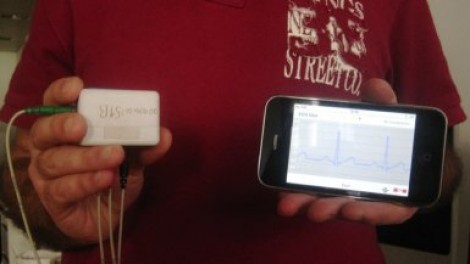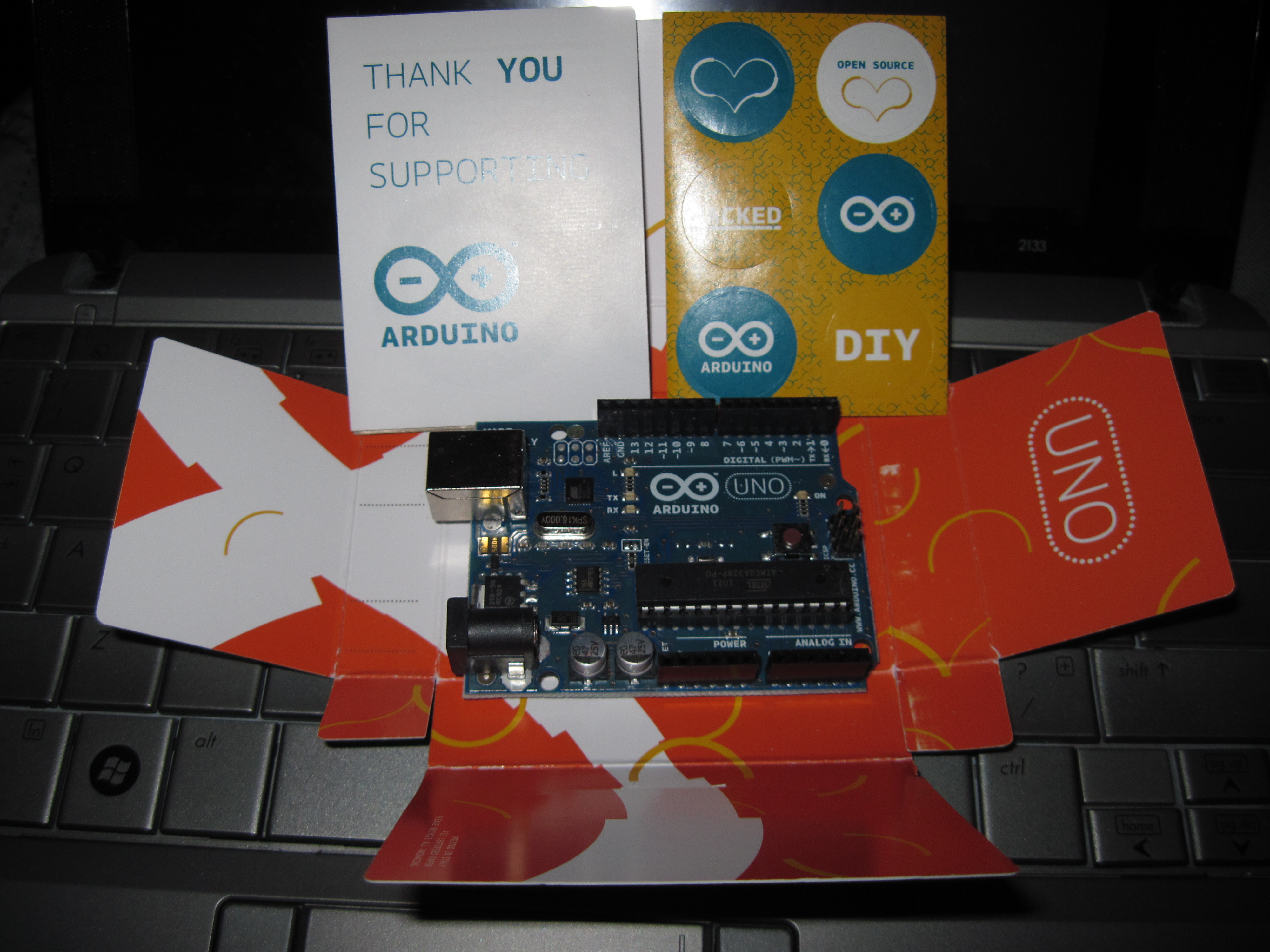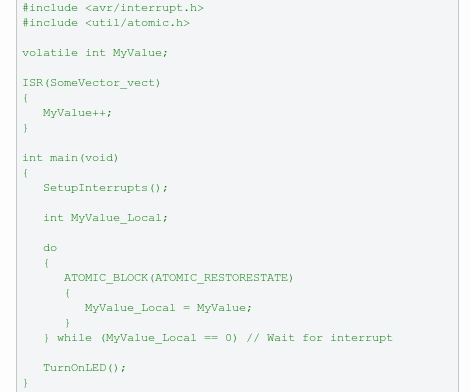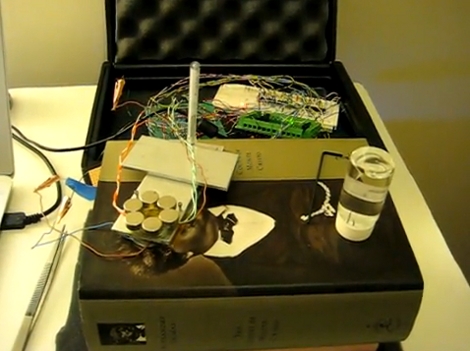
HackADay.com, a well-known and respected blog dedicated to all things hardware and hacking related, is looking for knowledgeable and passionate writers to join their team of specialized and dedicated freelance writers. This is a paid, freelance position that requires professionalism, consistency, and reliability in both writing style and deliverables. We’re eager to track down and bring in some of the most passionate folks out there in the software/hardware/tech & hacking world. We pay our writers a solid per-post rate and we’re ready to take HackADay to the next level with more content across a wider array of interests and expertise. If you’re a good writer that loves the kind of stuff we talk about, then we want you to be behind the growth and dominance of this household name in hacks.
All hardware/hack/tech junkies encouraged to apply, but folks with experience in the following fields will get bonus points:
–circuitry design
–robot building
–mobile device programming
–full desktop application programming
–computer security
–gritty hardware fabrication
–modifying existing systems
If you’re ready to join HackADays’ team of top-notch freelance writers, apply through our ONLINE JOB BOARD. Formal resumes are welcome, but cover letters with links to blogs, writing samples or any portfolio work is really what we’d like to see. Here’s an idea of what to include:
- A short bio about yourself
- 3 example daily posts written in the style of Hack a Day
- 3 software or hardware how-tos you’d like to see on the web. For examples of work we’ve done in the past, look at some of our project summaries, How-tos, and software tutorials.
- A couple sentences on how you would improve the site either through features or content
- Any additional reasons why you would make a good fit for Hack a Day
Thanks for your interest!















